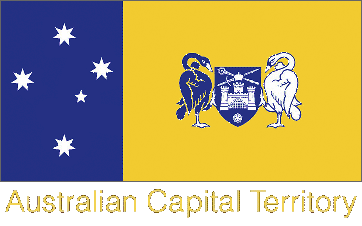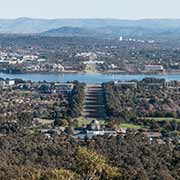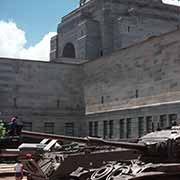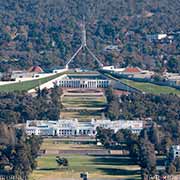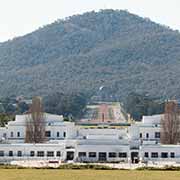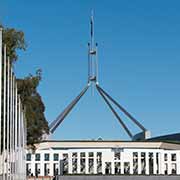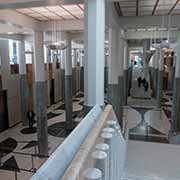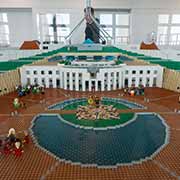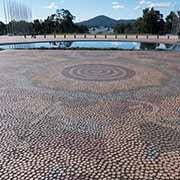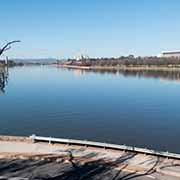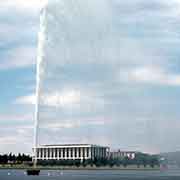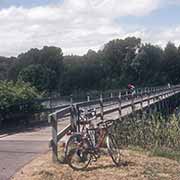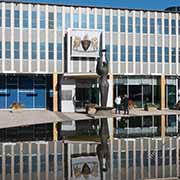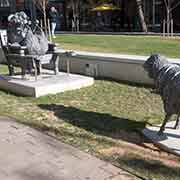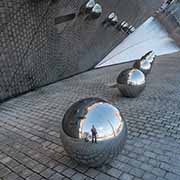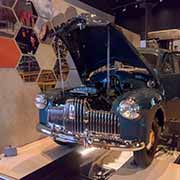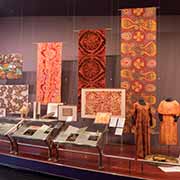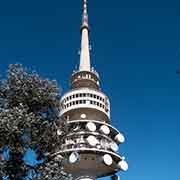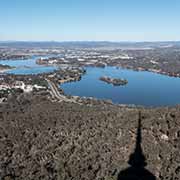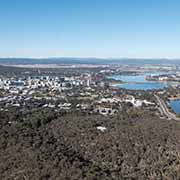Photos of Canberra - Australia’s Capital City, Australia
Canberra - Australia’s Capital City
On 1 January 1901, the federation of the various colonies of Australia was achieved, and rivalries between Sydney and Melbourne dominated the question of where its national capital should be. A compromise was reached with a planned city built in New South Wales, but “at least one hundred miles (160 kilometres) from Sydney”. The area chosen was near Australia’s highest mountain range, the Australian Alps, straddling eastern Victoria and southeastern New South Wales. It is on land that the Ngunnawal people had inhabited for over 20,000 years. The New South Wales government agreed to cede the district to the Federal Government, and the Federal Capital Territory was established on 1 January 1911. The new city was founded and named “Canberra” in 1913. This name is claimed to derive from a Ngunnawal word meaning “meeting place”, although this is not certain.
you may then send it as a postcard if you wish.
Canberra is a planned city, and its outlay was designed by American architects Walter Burley Griffin and his wife, Marion Mahony. It incorporates the hills around the city and an artificial lake in the centre, Lake Burley Griffin. Black Mountain is crowned by the Telstra Tower (or Black Mountain Tower), with viewing platforms providing 360-degree views to the west of the central business district. Mount Ainslie, with another viewpoint, is at the other end of the city, in the northeastern suburbs. In a straight line from Mount Ainslie Lookout is the Australian War Memorial, Anzac Parade and, across Lake Burley Griffin, Capital Hill.
In 1923 construction started of what is now called the Old Parliament House; it opened on 9 May 1927 by the future King George VI, and the Parliament of Australia relocated from Melbourne, where it had been since 1901. It was known as the Provisional Parliament House and was envisaged to serve the needs of Parliament for a maximum of 50 years. In 1988, the Commonwealth Parliament transferred to the new Parliament House on Capitol Hill. After decades of debates about what to do with the old building, in May 2009, it opened as the Museum of Australian Democracy, celebrating democracy and Australia’s political history. The new Parliament House on Capitol Hill was built between 1981 and 1988 and opened by Queen Elizabeth II on 9 May 1988, on the anniversaries of both previous parliaments. It is unusual as most of the building is buried under Capital Hill, capped with an enormous spire topped by a large Australian flag. In the forecourt is a large mosaic, “Possum and Wallaby Dreaming”, based on a painting by Michael Nelson Jagamarra, an Aboriginal Australian artist from the Central Australian community of Papunya.
Canberra is Australia’s largest inland city and is considered one of the world’s best cities to live and visit. It is home to many important institutions of the Federal Government, national monuments and museums, like the National Museum of Australia on the Acton peninsula with its striking architecture. The city incorporates significant areas of natural vegetation. It is situated in the north of the Australian Capital Territory, which also includes the Namadgi National Park, comprising the majority of the land area of the ACT.
